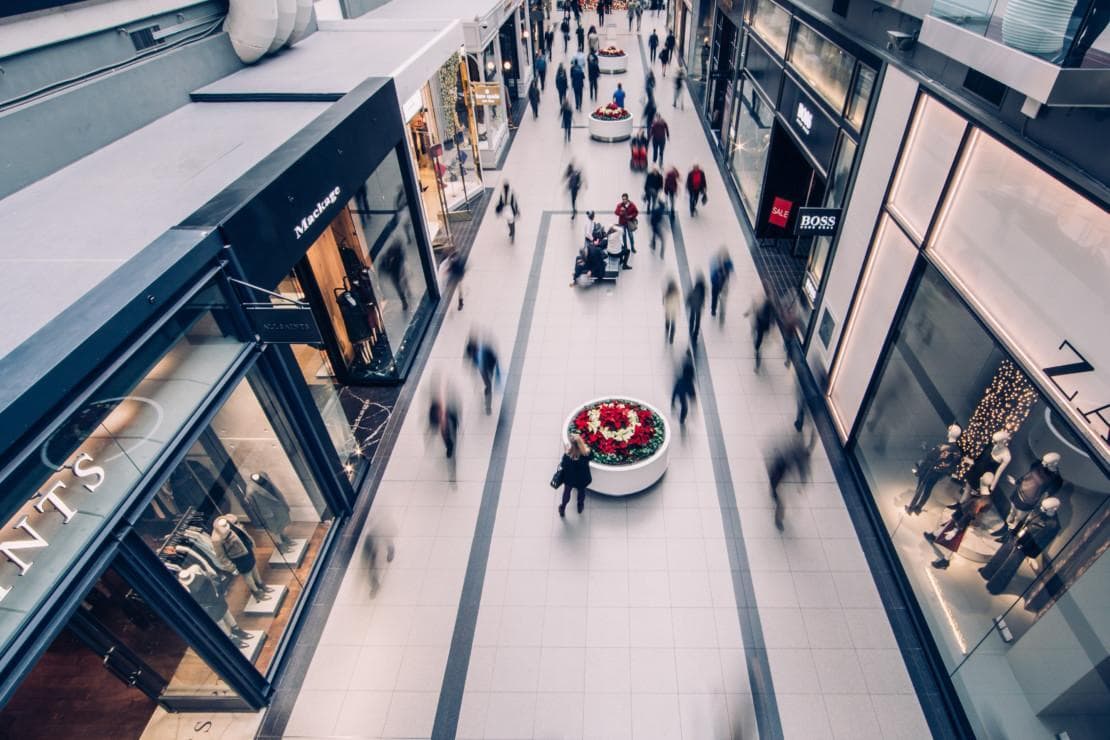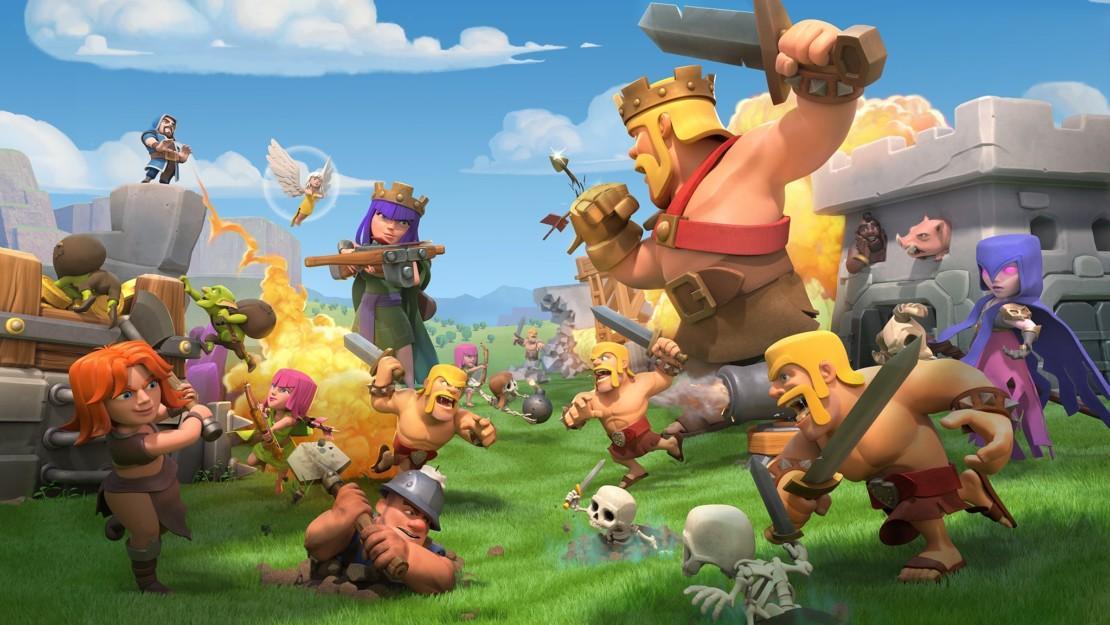15Jun2021
2021 Fjord Trend: Liquid Infrastructure
As people moved their shopping from stores to online and began prioritizing local businesses to avoid travelling to malls and other remote destinations, the traditional sales funnel suddenly became obsolete. Physical retailers lost their volume efficiencies to e-commerce giants and the customer behavior along the path from awareness to action become unpredictable. The role of shops was seriously challenged. Not only has the pie that was out there for the supply chain to share become smaller – it has also been sliced in a very different way.
Companies started to reshape the way they manufacture, ship, store and deliver stuff. Every link of the chain that somehow could be sacrificed was removed. Even huge multinationals went all the way to Direct-to-Consumer selling. As this is an extremely expensive way to reach customers – as well as difficult to scale – all kinds of product bundles were created to drive up the value of each purchase.
In spite of using every trick in the book and then some, companies could not prevent the average cost-to-serve from outright exploding in their faces. Add the huge increase on virus-related health and safety costs, and it comes as no surprise that big operational changes loomed inevitably ahead.
In most cases, this resulted in quite spontaneous courses of action. The company culture just was not prepared for dealing with this kind of a situation.

Photo of Patrik Hovnell.
“Only very few companies have the needed resilience and innovation built into their DNA”, Patrik Hovnell, Experience Advisor at Fjord explains. “Rather, they are heavily dependent on strong individuals having the ideas and courage to act and do necessary changes.”
The few stores that remained open – or, were reopened as the restrictions so allowed – had to invest in hand sanitizer as well as additional personnel who gave instructions about how to behave in the new world of shopping. Such as… do not touch the samples! While this removed just about the only actual tool to get people to the store, the new situation also increased the stress levels of workers and delivery drivers alike.
The big question of survival emerged: How to create, maintain and even improve customer experience now that all elements of immediate gratification and delight, as we used to know them, have vanished?
How the mind works
The human nature is a wonderfully complicated thing; in every possible situation (and a few impossible ones, for that matter) it wants to both eat the pie and save it. While the pandemic accelerated moving from cities to rural areas, people still expect to be able to shop with the same kind of speed and convenience they have grown accustomed to. When it comes to purchasing processes, this duty now falls on the shoulders of delivery drivers.
On the other hand, nowadays people are more purpose-oriented when they shop. The impulse buys that frequently happened during a visit to the store and used to delight the customer and merchant alike have disappeared. Obviously, the budgets are tighter these days, but that is not the only reason. Walking inside a shopping mall, from one store to another, or even through one store looking for that one product on the shopping list exposed customers to many delightful visual cues that even the most advanced webshops have not entirely managed to match.
Whether those days will come back, remains to be seen.
“I´m sure physical shopping will return as a joyful way of spending some time with friends and family”, Patrik Hovnell estimates. “However, shopping as we used to know it is dead. Only those able to create outstanding physical experiences and to really understand how shopping itself can create a joyful moment will survive.”
From brand perspective, the whole ecosystem has been fragmented and additional cost generators such as marketing, packaging, delivery, customer service, returns and restocking have emerged. Designing an appealing customer experience that is able to add value and justify a little higher price is a lot more challenging. You can’t count on closing the deal until the very moment of purchase taking place, if even then. Returning is so easy everyone does it.
Getting closer to the customer
There are new patterns of demand out there, and organizations have no choice but to respond. New business models have to be shaped, operational models and supply chains have to be redesigned.
Managing an experience is difficult when you are no more in sole control of it. But there is no other way to the customer’s heart
The customer expectations are more liquid than ever, so brands and companies have to learn to design for resilience and uncertainty. The position of supply chains needs to be re-evaluated. And companies will need to decide which new trade-offs between cost and experience they’re willing to make.
The opportunities lie behind the fact that in every universal situation, a force of any kind always creates counterforce. While we are losing brand experiences at a point of sale in the physical world, new points of delight will be created at home. Along new business models, this requires new kind of value propositions.
“In the future, successful brands will leverage online stores not only for selling products but also for becoming stronger and for telling the story of the brand”, Patrik Hovnell points out. “The detailed product page will transform from a boring page with product images and flat, informative copy to a home for lively experiences that connect right to the customers’ heart and brain.”
While agility, flexibility and quick response are examples of new kind of benefits that customers look for and appreciate, brand and businesses can’t drift away from their heritage and central purpose.
We must find new ways to save the pie while it is being eaten.


